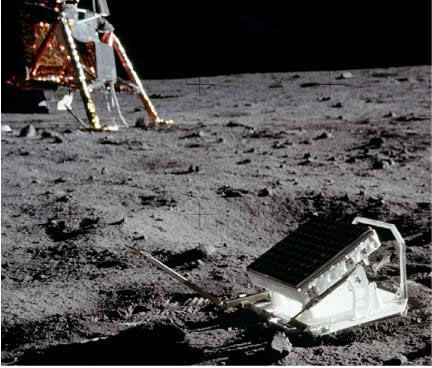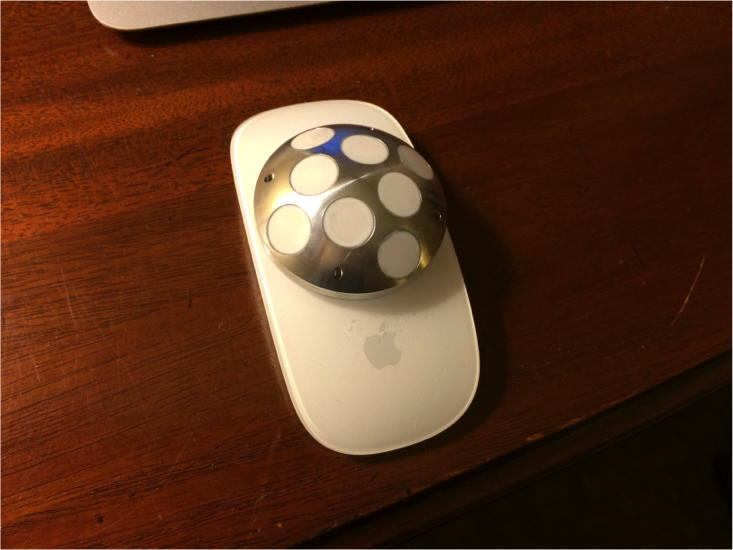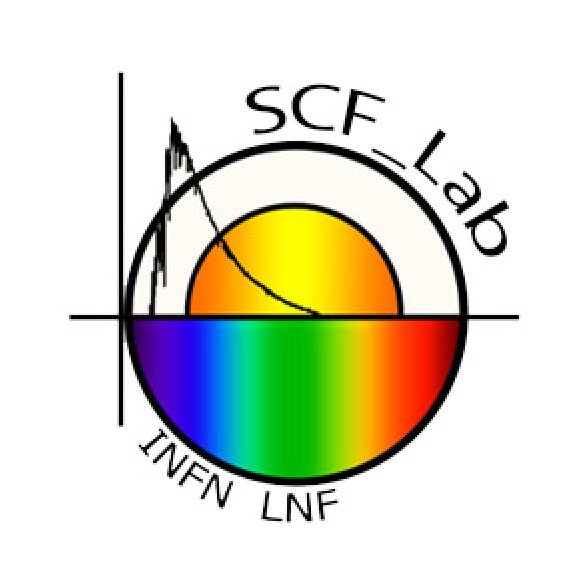MoonLIGHT-2
This space research activity started in 2006, in parallel with the ETRUSCO experiment (Extra Terrestrial Ranging to Unified Satellite COnstellations), a truly interdisciplinary, international and inter-agency experiment of research and development (R&D).
The framework of this research experiment started in the 1970s with Lunar Laser Ranging (LLR) to the Apollo Cube Corner Retroreflector (CCR) arrays (developed by the University of Maryland, UMD) that have supplied significant tests of General Relativity: possible changes in the gravitational constant, gravitational self-energy, weak equivalence principle, geodetic precession, inverse-square force-law. LLR has also provided significant information on the composition and origin of the Moon; this is the only Apollo experiment, still in operation. In the 1970s Apollo LLR arrays contributed a negligible fraction of the ranging error budget. Since the ranging capabilities of ground stations improved by more than two orders of magnitude, now, because of the lunar librations, Apollo CCR arrays dominate the error budget. With the project NASA-INFN MoonLIGHT-M(anned), in 2006 INFN-LNF joined UMD in the development and test of a new-generation LLR payload made of a single, large CCR (100 mm diameter) unaffected by librations. In particular, INFN-LNF built a new operative experimental apparatus (Satellite/lunar laser ranging/altimetry and Cube/microsat Characterization Facility, SCF) and created a new industry-standard test procedure (SCF-Test) to characterize and model the detailed thermal behavior and the optical performance of CCRs in space conditions accurately simulated in the laboratory, for industrial and scientific applications. Our key experimental innovation is the concurrent measurement and modeling of the optical Far Field Diffraction Pattern (FFDP) and the temperature distribution of retroreflector payloads under thermal conditions produced with a solar simulator. The apparatus includes infrared cameras for non-invasive thermometry, thermal control and real-time payload movement to simulate satellite orientation in orbit respect to the solar illumination and the laser interrogation beams. These capabilities provide: unique pre-launch performance validation of the space segment of LLR/SLR (Satellite Laser Ranging), retroreflector design optimization to maximize ranging efficiency and signal-to-noise conditions in daylight.
In summary, until 2013, the work done on this 2nd generation LLR payload in Italy has been supported by INFN-CSN5 (National Scientific Committee 2 on Technology Research) through the experiment MoonLIGHT-ILN (International Lunar Network, approved for 2010-2012) and by ASI through the Phase A Study for the MAGIA lunar Orbiter (call for Small Missions DC-PRZ-2007-002, 07/08/2007, Contract I/017/08/0). In the US it has been supported by NASA through two programs: (1) MoonLIGHT-M, Lunar Sortie Scientific Opportunities (LSSO, Contract NNX07AV62G), (2) the LUNAR consortium (http://lunar.colorado.edu), headquartered at the University of Colorado, which is funded by the NASA Lunar Science Institute (via Cooperative Agreement NNA09DB30A) to investigate concepts for astrophysical observatories on the Moon.
After the R&D phase in 2013 a new experiment, MoonLIGHT-2 (Moon Laser Instrumentation for General relativity High-accuracy Tests-2), was proposed to the CSN2 (National Scientific Committee 2, which includes space science) and approved for the period 2014-2018. MoonLIGHT is the result of an international collaboration among LNF, UMD, ASI-CGS (Centro di Geodesia Spaziale), the University of California at San Diego (UCSD) and the Harvard-Smithsonian Center for Astrophysics (CfA). The latter provides an open source sophisticated software package to estimate the orbits of the solar system natural bodies and of many artificial satellites. UCSD leads the best performing LLR ground station, the Apache Point Lunar Laser Ranging Operation (APOLLO) in the US.
Furthermore, MoonLIGHT-2 includes the development by LNF of INRRI (INstrument for landing-Roving laser ranging/altimetry Retroreflector Investigations). INRRI is a compact, lightweight, passive, wavelength independent and maintenance-free array of cube corner laser retroreflectors (metal back-coated). INRRI can be deployed on the top external surface of the rovers and landers. The instrument is also being proposed for landings on the Moon (the Google Lunar X Prize Mission, for example the Moon Express mission) as a precursor test. INRRI can be laser-located and laser-tracked from Mars orbiters through laser communications (lasercomm), laser altimetry and ranging. Concerning the lasercomm application, the observation of INRRI will be the analogous of the high-accuracy Moon-Earth time-of-flight measurement.
The applications of MoonLIGHT-2 are gravitational physics, planetary science and space exploration.

Cube corner retroreflectors deployed on the Moon by Apollo missions

The 2nd generation retroreflector developed by LNF and University of Maryland (left) next to a 1st generation Apollo reflector (right)

Full size model of INRRI
